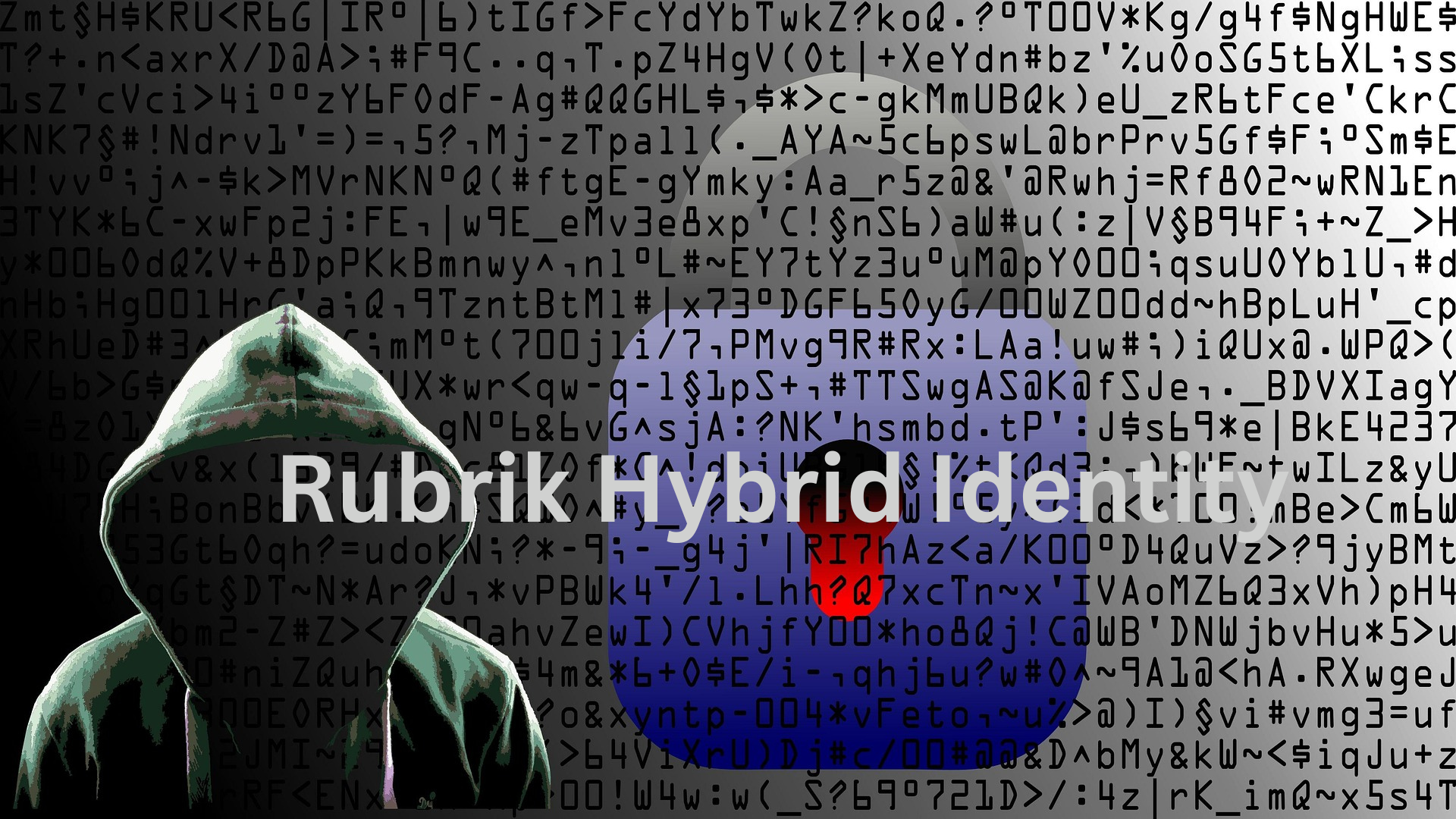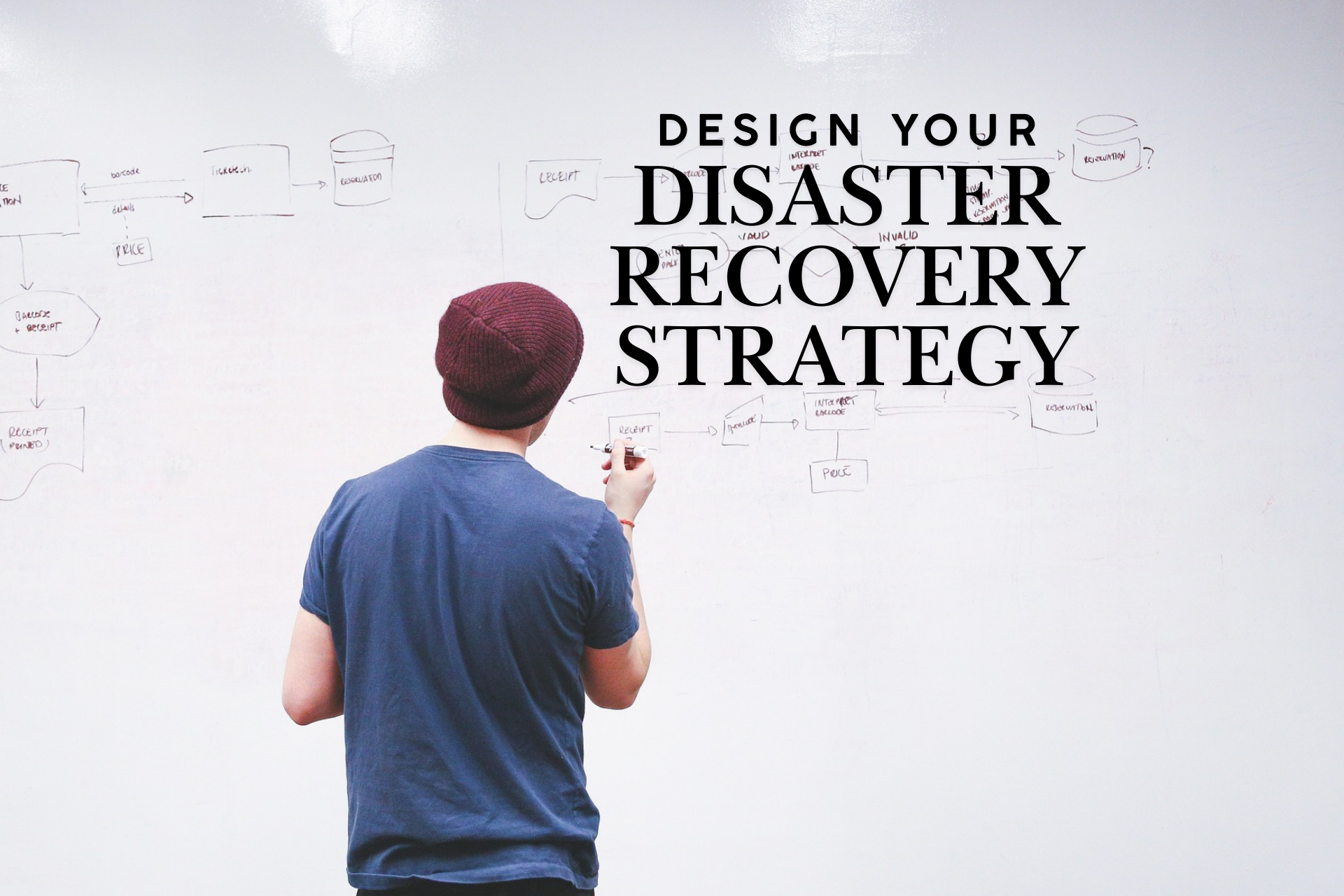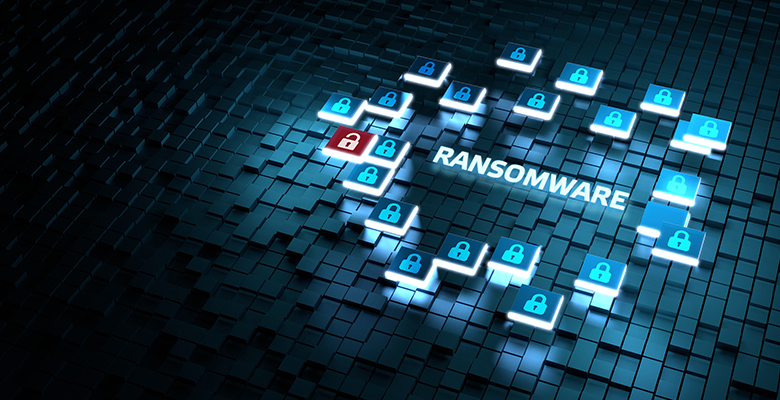In today's threat landscape, identity is the new perimeter—and for most organizations, Microsoft Active Directory (AD) and Entra ID (formerly Azure AD) are that perimeter. When compromised, these systems expose everything: users, access, applications, and core business operations. For CISOs and IT leaders tasked with securing and sustaining identity services, traditional recovery methods often fall short—too slow, fragmented, or insecure for today's hybrid enterprises.
Rubrik’s Hybrid Identity Recovery delivers the speed, visibility, and resilience modern organizations require, enabling businesses to bounce back quickly from ransomware, insider threats, or operational failures—without reintroducing risk.
The Threat Landscape is Escalating:
Read More












